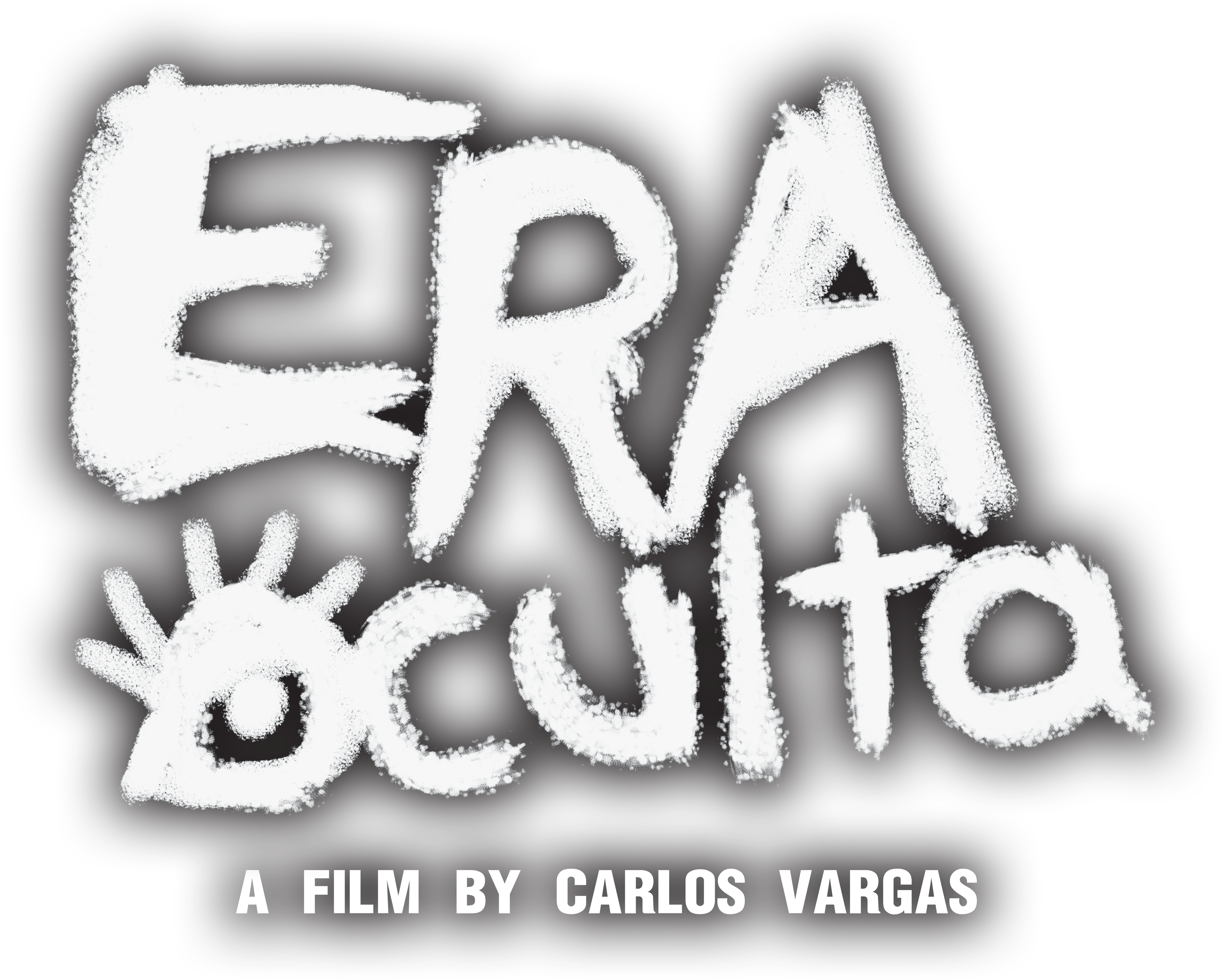
Augusto Bernal Jiménez. 2024
THE PATHS OF THE “HIDDEN ERA”
“I flee to a cinema, Jim Morrison,” when the leader of the American rock group “THE DOORS,” Jim Morrison (James Douglas Morrison), in his text “Notes on Vision” (1) written in 1969, refers to cinematography as that great spirit that emerges when one becomes a filmmaker, and in our case, director Carlos Vargas, in his work “HIDDEN ERA” (2024), captures that spirit both from his character and his own surroundings, Mozambique, where Morrison’s references embody the spirituality of this film: “Cinema gives us back the soul, the religion of matter, which gives each thing its special divinity and sees gods in all things and beings.”
In this sense, Carlos Vargas’s ongoing work captures the spirituality of cinema itself, drawing on the reference cited by filmmaker Mani Kaul (1944–2011), who captures a spirit that Carlos Vargas represents with his protagonist, within a time so present that it leaves us without a future. He is capable of maintaining a continuous present where one can revisit both a tacit past and a future that remains present from its beginning. The obviousness, both acted and represented in such an everyday time that Mani Kaul defines with a definition contrasting with “HIDDEN ERA”: Unlike what I know, assumed as obvious (that space/time is an integrated vehicle that makes cinema move), space and time in cinema are separate entities that destroy each other when one is privileged over the other; they often require a relay system to join them significantly (2).
Through its narrative structure, it manages to reconstruct a series of present times that mutate as ellipses of time, according to their circumstances within a narrative that takes as an example both the beginning and the end, achieving a suspended continuity by itself and its time. Its beginning is as natural and elemental as its fantastic development and ending. All the everyday or realistic situations occurring in a city in Mozambique make the viewer enter a universe where the ordinary unfolds logically within a cinematographic concept, which could emulate the temporality of Portuguese filmmaker Pedro Costa, who integrates into what is called “direct realism,” in open analogy to the New York movement of “direct cinema” so influential in the sixties, where the ambivalence of the narrative is suspended in a record of events that document from what appears to be documentary, with such precision that it constructs with its characters a temporality that borders on the theatrical.
Citing Brecht in relation to “Brechtian distancing” would define it as the “distancing to Vargas.” Why? It suddenly becomes a cinematographic vocation where the viewer and characters are one, constructing a development where the seemingly immobile is a “frame” that gives way to a model of time, causing the film in question to be carried away by ourselves like ghosts of images, captured by the darkness of a time inverted from the screen, turning us into 24 frames per second of a mortal, alive, and astonished spectator.
“HIDDEN ERA” takes up all its narrative forms, created from its title. The hidden of an era. Which one? Perhaps our own when we return to the reality that the cinema seduced us as simple ghostly spectators.
Everyday reality is one of its great successes. Long live cinema and the gaze, as defined by Morrison: The clean gaze and the camera give us objects as they exist in beautiful time. Not falsified by “seeing” (3). It is the time of the “HIDDEN ERA,” to learn to see when we look.
Augusto Bernal Jiménez. 2024
_____________
(1) “NOTES ON VISION.” Jim Morrison, page 65. Mansalva, 2017. Buenos Aires, Argentina.
(2) “WE HEAR AND SEE AND FEEL AND THEN THINK.” Mani Kaul. Writings, Lumiere Editions. Page 95. Spain, 2021.
(3) Ibidem, page 61.
